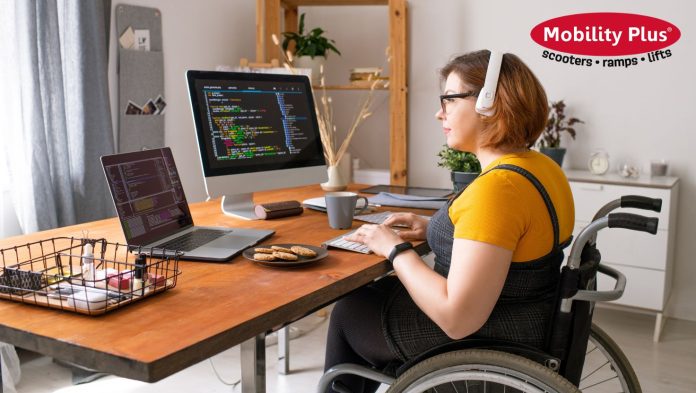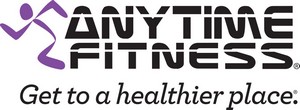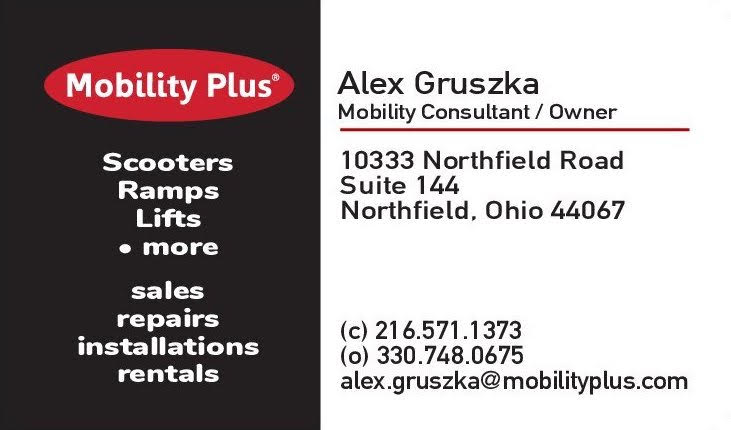Transforming Remote Work Through Accessibility Design
The remote work revolution has opened new doors for professionals with mobility challenges, offering unprecedented flexibility and control over their work environment. However, creating a truly accessible home office requires thoughtful planning beyond standard remote work setups. This comprehensive guide addresses the unique considerations for professionals who use mobility equipment, from wheelchair-accessible desk configurations to technology solutions that enhance both productivity and comfort.
Remote work options remove many obstacles, saving professionals with physical disabilities time and energy. In turn, they’re likely to not only be more productive as employees, but also enjoy greater work-life balance. The key is designing a workspace that works seamlessly with your mobility equipment and specific needs.
The Accessibility Advantage of Home Offices
Why Home Offices Excel for Mobility Equipment Users
Customized to Your Needs: Even when office spaces are designed to accommodate employees with mobility impairments, they may not accommodate the unique needs of a particular professional with a physical disability. Home environments, on the other hand, have already been designed by your employees around what meets their specific requirements.
Familiar Equipment Integration: When professionals use familiar mobility equipment or assistive technologies, they feel more comfortable and less stressed, which helps them concentrate on their work duties and obligations. Your home office can be designed around your existing mobility aids rather than requiring adaptation to unfamiliar equipment.
Elimination of Physical Barriers: Consider the reality that public transit isn’t always accessible, the process of getting in and out of a car can be especially taxing, and vehicular traffic is rife with uncertainties and challenges. Home offices eliminate commuting barriers entirely while providing complete control over accessibility features.
Space Planning and Layout Considerations
Room Selection and Location
Accessibility Assessment:
- Ensure the office location is easily accessible from the main entrance of your home
- Consider proximity to accessible bathroom facilities
- Evaluate doorway widths and threshold heights for mobility equipment
- Plan for adequate turning radius space for wheelchairs and scooters
Privacy and Professional Requirements:
- If you frequently receive clients or colleagues via video calls, consider the privacy of the location
- Separate entrance or waiting area advantages for in-person meetings
- Position workspace to minimize household noise and distractions during calls
Spatial Layout Optimization
Movement and Maneuvering:
- Examining unused corners or walls for additional storage potential while maintaining clear pathways
- The placement of the desk and chair should allow ample room for movement and convenient access to frequently used equipment
- Consider installing shelves or cabinets at accessible heights to keep supplies within reach
Equipment Integration:
- Plan electrical outlets and charging stations within easy reach of mobility equipment
- Design cable management systems that don’t create mobility barriers
- Position frequently used items within arm’s reach to minimize transfers
Desk and Seating Solutions
Height-Adjustable Work Surfaces
Standing Desk Benefits for Mobility Equipment Users:
- Accommodates wheelchair users at optimal working heights
- Provides flexibility for users who can alternate between sitting and standing
- Reduces pressure points and enables position changes for circulation
Specialized Accessible Options:
- Height-adjustable tables with handlebars and arm rests for support
- Hand controls that lower and raise surfaces as desired
- Tables with tilting surfaces (up to 71 degrees) designed for wheelchair and visually-impaired users
- Attachable accessories including back, knee and heel supports
Ergonomic Seating Considerations
For Users Who Transfer to Office Chairs:
- Office chairs that follow the natural curve of the spine to prevent back problems
- Adjustable headrest and lumbar support options
- Chairs designed for shorter users with proper seat depth and height ranges
- Memory foam or mesh options for extended comfort during long work sessions
Wheelchair Integration:
- Ensure desk heights accommodate wheelchair armrests
- Consider removable desk components for optimal wheelchair positioning
- Plan for easy access to desk drawers and storage from wheelchair height
Technology and Equipment Adaptations
Computer and Monitor Setup
Screen Positioning:
- External monitors positioned at appropriate heights for wheelchair users
- Monitor arms that accommodate unique positioning needs
- Anti-glare screens and proper lighting to reduce eye strain
- Dual or triple monitor setups for enhanced productivity without requiring physical document handling
Input Devices and Assistive Technology:
- Adaptive switches that enable device control with minimal movement or alternative input methods like voice, eye gaze, or head movement
- Eye trackers that facilitate computer interaction using only eye movements
- Voice recognition software for hands-free document creation and computer control
- Ergonomic keyboards and mice designed for limited mobility or strength
Communication Technology
Video Conferencing Optimization:
- High-quality webcams positioned at appropriate angles for wheelchair users
- Professional lighting solutions that don’t create shadows
- Reliable headsets or microphone systems for clear audio
- Backup communication methods for technology failures
Phone and Messaging Systems:
- Dedicated business line that can be accessed through computer or mobile device
- Visual voicemail systems for easy message management
- Texting and chat capabilities integrated into business communications
Environmental Controls and Comfort
Climate and Lighting Management
Environmental Control Systems:
- Environmental control devices that allow management of temperature, lighting, and security systems with voice commands or remote controls
- Automated lighting systems that reduce need for physical switch operation
- Temperature controls accessible from primary work position
Lighting Solutions:
- Natural lighting optimization to reduce eye strain and improve mood
- Task lighting that eliminates shadows on work surfaces
- Screen bars that attach to monitors to provide glare-free illumination
- Voice-controlled or easily accessible lighting switches
Storage and Organization
Accessible Storage Solutions:
- Shelving and storage within wheelchair reach ranges (15-48 inches from floor)
- Roll-out drawers and pull-down shelves for deep storage
- Clear sight lines to stored items to minimize searching
- Mobile storage solutions that can move with changing needs
Document and Supply Management:
- Cloud-based document storage for easy access without physical filing
- Digital organization systems that reduce paper handling
- Supply storage in easily accessible containers and locations
Connectivity and Technical Infrastructure
Internet and Network Setup
Reliable Connectivity:
- High-speed internet with backup options for uninterrupted work
- Strong Wi-Fi coverage throughout the office space
- Ethernet connections for critical work activities
- VPN setup for secure access to company networks
Power Management:
- Adequate electrical outlets positioned for easy access
- Uninterruptible power supply (UPS) systems for equipment protection
- Charging stations for mobility equipment batteries
- Cable management that doesn’t create mobility hazards
Equipment Backup and Support
Technology Redundancy:
- Backup devices for critical work equipment
- Cloud storage for automatic file backup
- Alternative communication methods for technology failures
- Local technical support contacts for equipment repair
Flexibility and Future Adaptations
Adaptable Design Principles
Modular Solutions:
- Furniture and equipment that can be reconfigured as needs change
- Adjustable components that accommodate different tasks and positions
- Technology solutions that can integrate new assistive devices
- Storage systems that can expand or contract with changing requirements
Health and Wellness Integration:
- Space for mobility and stretching exercises during work breaks
- Integration of therapeutic equipment or positioning aids
- Air purification systems for better indoor air quality
- Plants and natural elements to reduce stress and improve air quality
Progressive Condition Considerations
Future-Proofing Your Office:
- Design flexibility to accommodate changing mobility needs
- Technology that can adapt to different input methods over time
- Furniture and equipment that can be modified rather than replaced
- Professional consultation options for ongoing adaptations
Budget and Investment Planning
Cost-Effective Accessibility Solutions
Prioritizing Investments:
- Focus 80% of budget on essential accessibility features that enable work
- Prioritize health and ergonomics over premium peripherals initially
- Consider used or refurbished accessibility equipment for budget-conscious setups
- Research grants and tax incentives for accessibility improvements
Employer Partnerships:
- Discuss equipment provision with employers for remote work setups
- Clarify what equipment employers will provide versus personal purchases
- Negotiate accessibility accommodation funding through HR departments
- Explore assistive technology programs through vocational rehabilitation services
Long-term Value Considerations
Investment in Independence:
- High-quality accessibility equipment often provides better long-term value
- Proper ergonomic setup prevents health issues that could affect work capacity
- Professional-grade equipment enhances career prospects and income potential
- Accessible design increases home value and future usability
Creating Your Action Plan
Assessment and Planning Steps
- Evaluate Current Limitations: Identify specific mobility challenges in your current setup
- Research Solutions: Investigate adaptive equipment and technology options
- Measure and Plan: Carefully measure spaces and plan equipment placement
- Prioritize Modifications: Start with essential accessibility features first
- Test and Adjust: Try solutions and fine-tune for optimal functionality
Professional Resources
Expert Consultation:
- Occupational therapists specializing in workplace accommodations
- Assistive technology professionals for device selection
- Accessibility architects for structural modifications
- Ergonomic specialists for optimal equipment positioning
Your Accessible Remote Work Success
Creating an accessible home office is an investment in your professional future and personal well-being. The flexibility of remote work combined with thoughtfully designed accessibility features can unlock productivity levels and work satisfaction that may not be possible in traditional office environments.
Remember that accessibility is highly individual—what works perfectly for one person may not suit another’s needs. The key is understanding your specific requirements and designing solutions that work seamlessly with your lifestyle and work demands.
Ready to create your accessible home office? Contact Mobility Plus Northfield for specialized workplace equipment, ergonomic solutions, and expert guidance on integrating mobility equipment into your professional workspace. We understand the unique challenges of remote work accessibility and can help you design a setup that enhances both your productivity and comfort. https://www.mobilityplus.com/northfieldoh/
























